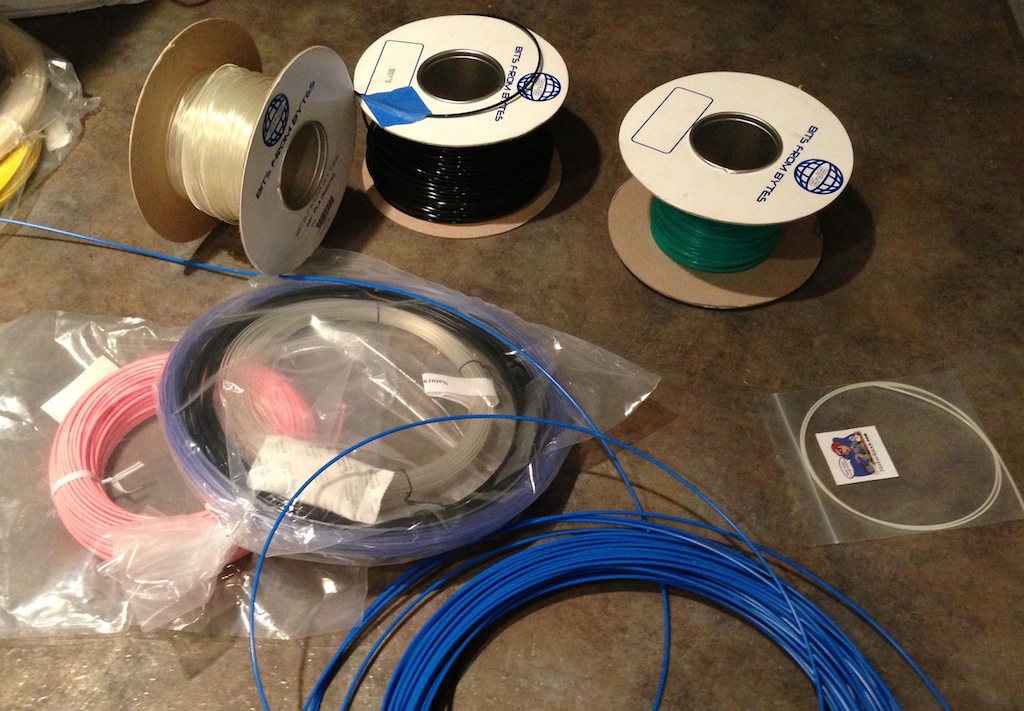There is a dark secret of desktop 3D printing: many 3D printers are no longer in use. We have a thought as to why that might be.
In the heyday of 3D printing hype two years ago, many consumers took a leap and bought themselves a desktop 3D printer. While many 3D printers were sold to unstoppable DIY people, able to resolve any issues encountered, printers were also sold to those with more limited technical abilities.
For these folks, what might be minor issue to a capable technical person could be show-stopper. We’ve heard many tales of “dead” 3D printers sitting in the corner of someone’s workshop, having done only a few prints before the machine stopped for some reason.
The owners of these machines often had no recourse for repair, as they purchased the unit online and support, if any was to be found, was on the end of the telephone or email, and required them to be the hands and legs for any repair.
This is beyond many people’s ability, even with careful instruction. Thus, a reasonable number of desktop 3D printers sit idle.
But what caused them to fail? What minor issue did they encounter that stopped everything? While it might have been issues with the machine itself, we suspect a major contributor could be filament quality.
After printing many types of filament on many machines in our lab, we’ve come to the conclusion that filament quality is among the most important aspects of ensuring 3D printing success. We’ve seen dramatically different results on the same machine – with the same printing parameter – by changing only the filament.
Filament is purchased typically by weight, color and type of plastic, but buyers generally have no idea what other characteristics a filament might have. It could be poorly dimensioned, resulting in globs and gaps in the prints, or it could be made with impurities or additives that change the temperature characteristics.
Unknowing users might select a filament spool by low cost alone, and end up with crappy filament they push thru their extruder, only to have it jam. We’ve had filament so bad that it completely jams extruders after only five minutes of operation.
Imagine thousands of non-technical users jamming their extruders, which has no doubt happened. What’s happened to their 3D printers? Probably most of them are abandoned.
Select your filament carefully; it’s a critical element to 3D printing.


